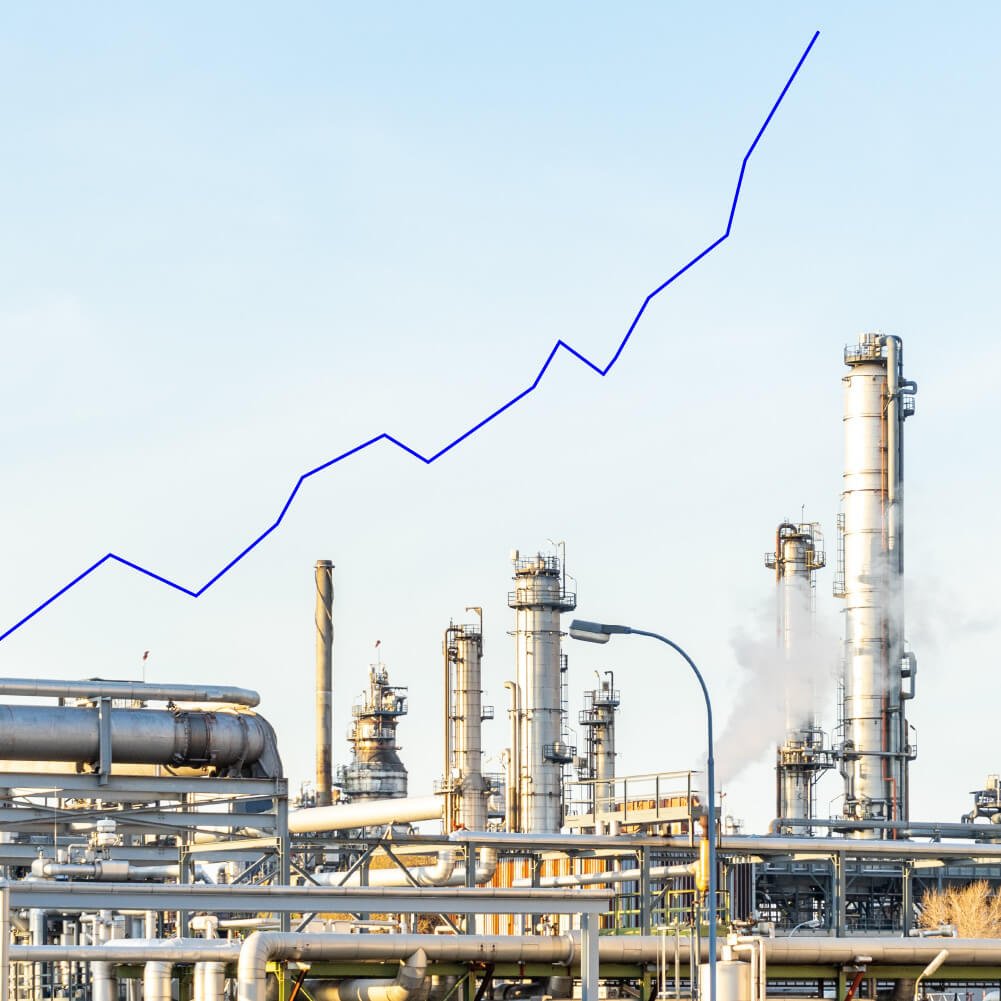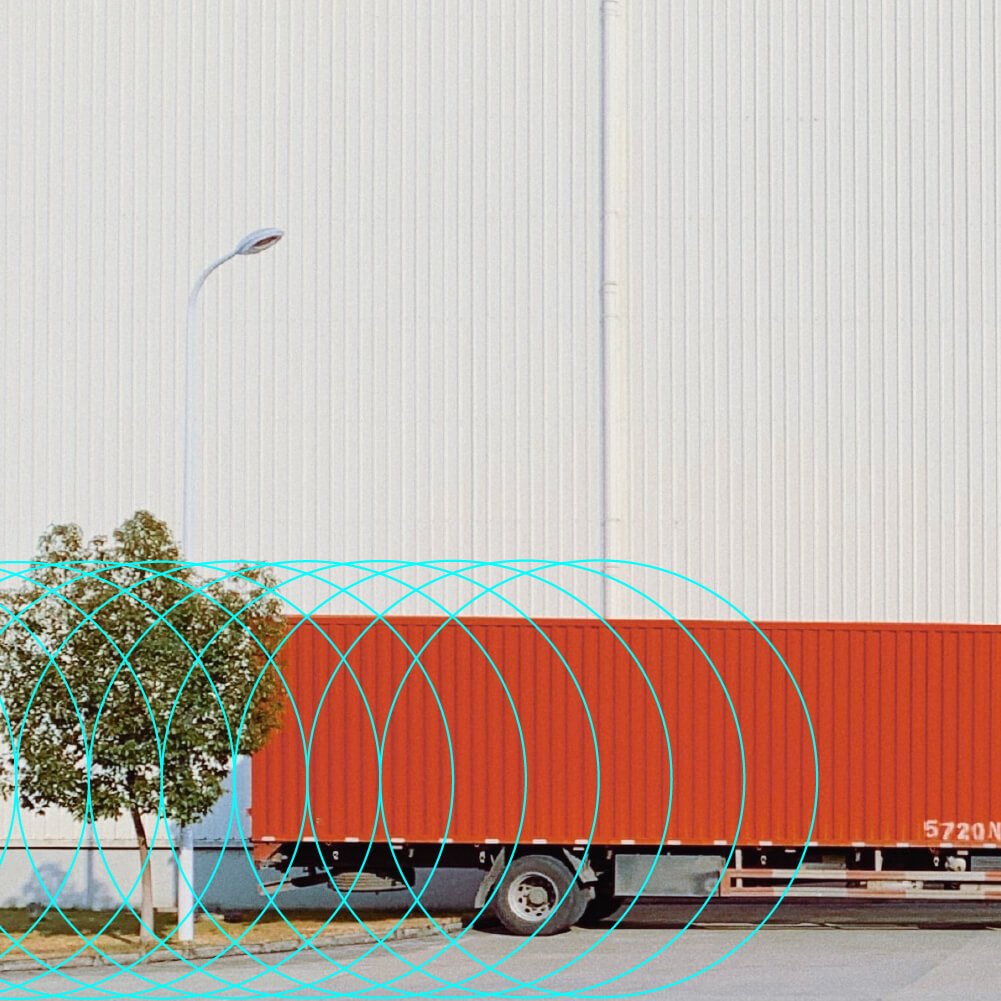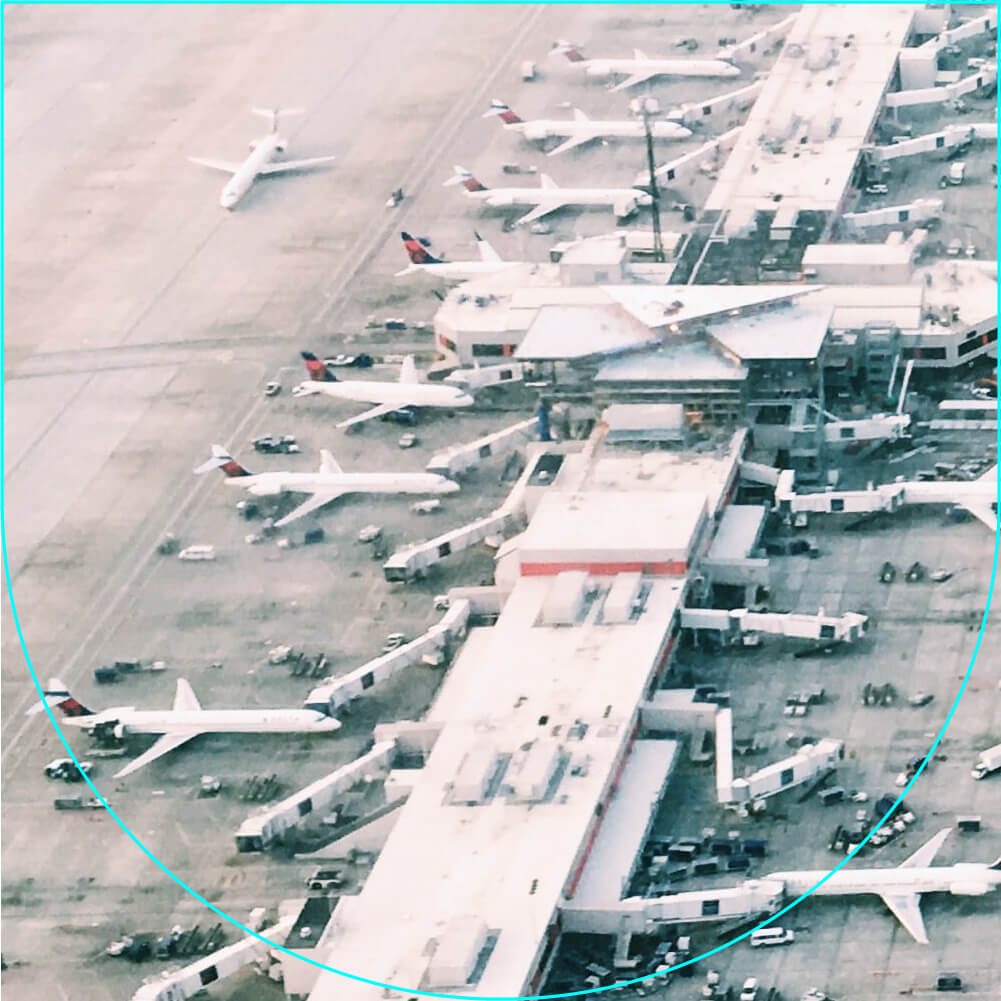2.1
Freight delivery & warehousing
Predictive maintenance (e.g. prevent vehicle failure)
Advanced machine learning models can recommend optimal times to conduct maintenance by analyzing root causes and identifying drivers of machine downtime. Implementing these recommendations will help prevent future asset failures and unplanned downtimes, hence minimizing production losses while maximizing OEE (overall equipment effectiveness).
Damage detection/ visual inspection
By using algorithms such as anomaly detection and image processing, automatically highlighting damage becomes possible. Repair shops, car resellers and transport companies benefit from higher customer satisfaction or improved fleet management.
Automated warehousing
By combining NLP (natural language processing), image analysis and product monitoring applications, warehouses can achieve increased speed and improved logistics management. The consequences can be many: enabling workers to do their jobs more efficiently, hands-free, and safely with voice commands; monitoring product flow with barcodes; getting to faster replenishment of nearly out-of-stock items etc.
Autonomous vehicles (e.g. trucks, trains, drones)
By leveraging dozens of sensors working for a complex neural network, autonomous vehicles can see 360 degrees, 24/7, from a greater distance and react faster than a human. Adopting this technology leads to a drastic reduction in costs and an increase in productivity.
2.2
Sales & marketing
Dynamic pricing and discount recommendation system
Financial products are by definition complex, and their prices tend to be set within the context of the client relationship, with very low transparency. Therefore, predictive analytics and granular customer segmentation can be leveraged to derive a client’s product-acceptance probabilities, price sensitivities, and lifetime values. Gaining a deep understanding of a customer’s product needs, and pricing them accordingly will thus maximize price performance while minimizing customer attrition and volume loss.
Recommender engine for up-selling/ cross-selling (e.g. freight insurance)
The use of recommendation engines, based on the machine learning algorithms, allows you to increase revenue, customer satisfaction and the quality of your service. Based on the customer’s purchase history and personal data, you can recommend complementary items (cross-selling), or items from higher ranges (up-selling) that are most likely to lead to a purchase decision.
Automated freight quoting & contracting
A combination of robotics process automation (RPA) and machine learning techniques can intelligently automatic routine tasks within the logistics industry. This results in increased processing times and reduced human interventions.
Sales force steering (e.g. lead scoring)
Predictive and prescriptive machine-learning algorithms can help organizations find patterns in the way customers respond to different touchpoints, hence determining which actions are more likely to lead to conversion. This set of techniques is referred as “Next Best Action” (NBA) and will increase the effectiveness of your salesforce
2.3
Customer care & central functions
Call center capacity planning
Using data from your call center, AI can help reduce the stress and employee bottlenecks during peak hours by anticipating and planning the resources needed. This way, you use just the right number of employees, both during peak and off-peak times.
Call center automation
Bots can answer calls and guide customers automatically, reducing human resources and standardizing your call center experience. They redirect your customers to the right place, at the right time. They can learn through time and, when their intervention is insufficient, redirect the customers to an employee and then learn from the employee’s answers.
Chat bots & voice bots
Using chatbots and voice bots trained on customer interaction data from previous text or voice exchanges can help in reducing workload and human errors compared with traditional customer support. Additionally, as the bots are available 24/7, you can benefit from an increased customer service level and lower labor costs.
Back-office automation (e.g. processing of invoices, rate sheets, bill of lading)
Using text analysis tools and document capture technologies can automate and increase the processing accuracy of invoices, rate sheets or bills of lading. This allows your workforce to pivot to tasks that actually require human attention.
2.4
Supporting analytics
Forecasting (e.g. demand, stock levels)
Business planning, budgeting, and goal-setting depend on the demand, which is based on complex factors and hence incredibly hard to model manually. The foresight on the demand can be a key competitive advantage. Using deep-learning-based forecasting techniques can help to improve the procurement strategy, business robustness, inventory management, and resources allocation.
Optimize route configuration (e.g. via geospatial modeling)
A challenging supply chain optimization problem is to accurately assess the right amount of orders delivered per vehicle, as well as the most efficient order for stops while minimizing idle time. As AI is continually retrieving and learning from vehicle and geospatial data, it can anticipate potential delays, reveal new routes and ensure faster delivery times, therefore reducing cost while increasing customer satisfaction.
Optimize asset utilization
Resource management is a key optimization point. Using AI in this field unlocks, among others: cost optimization through data-driven decisions, risk mitigation, increased resource utilization through active capacity management, dynamic sourcing, and cost arbitrage across service providers.
Vehicle monitoring (e.g. to anticipate delays or reduce fuel consumption)
Using AI, fleet managers can establish benchmarks, identify trends, and coach driver behavior to: reduce miles driven and driver idle time, avoid unwanted behaviors (e.g. speeding, skipping of breaks), optimise routes or track vehicles and assets. In result, fuel costs can be reduced, accidents avoided and delivery times accelerated. Predictive maintenance of vehicles is an associated use case which avoids unwanted downtimes.







